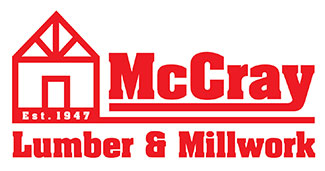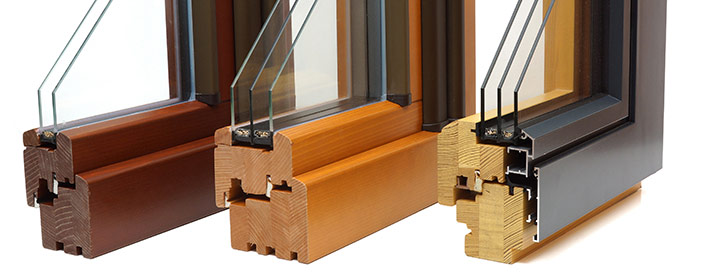Windows are an important component of your home. Not only do they affect the aesthetics of your home, but they can also impact the energy efficiency. With several options for window materials to select from, choosing the right one can be confusing.
Wood is typically the most popular window material. It provides the best insulation against heat and cold, making it a great, energy-efficient option. It also serves as a good sound barrier, reducing noise from the outside. Wood provides a beautiful, natural look. Unlike some other options, wood can be repainted whenever needed or when you want to change the color. However, wood will expand and contract and could warp. It is also susceptible to rot. While wood requires more maintenance than other window materials, with proper maintenance wood windows can last for decades.
Vinyl is another popular window material due to its high value and low cost. Vinyl is resistant to heat transfer, making it a good insulator. It is very durable and is not affected by weather conditions. It requires very little maintenance. It never needs to be painted and is resistant to dirt, mold, scratches and dents. Vinyl windows are less expensive than many other options and are available in a variety of sizes and shapes. However, the color selection available is limited.
Fiberglass is another durable, energy-efficient window material. It offers excellent strength. Unlike wood, fiberglass won’t expand or contract, leak, warp, rot, or corrode. It handles the stress of large windows better than vinyl. Fiberglass is resistant to temperatures, making it a good thermal insulator. Like vinyl, it requires virtually no maintenance. While painting is not required, fiberglass can be painted if desired, giving more color options than vinyl. While fiberglass has a higher initial cost than some other materials, it offers a long product life.
Wood-clad windows offer a great combination of the beauty of wood on the interior and the durability and low maintenance of vinyl or aluminum on the outside. Wood-clad windows tend to be more expensive than most other materials.
Composite windows combine wood fibers and plastic resins to create a durable material that resembles wood but will not rot. They are both sturdy and low maintenance, as well as environmentally friendly.
Aluminum is a cost-effective option that offers good strength. It does conduct heat and cold more than other materials, making it less effective as an insulator.


